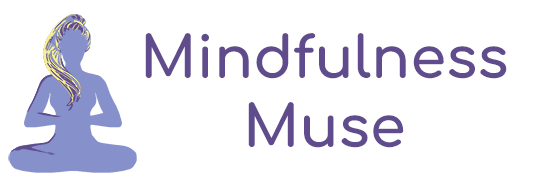Dialectical Behavior Therapy
Dialectical Behavior Therapy (DBT) is a mindfulness-based third wave behavioral therapy that focuses on balancing the dialectical tension between acceptance and change, which can enable the synthesis of opposing thoughts, emotions, and behaviors. DBT is a skill-based behavioral therapeutic approach that has demonstrated strong research support for the effective treatment of Borderline Personality Disorder (BPD), which often involves self-injurious behaviors, dichotomous thinking, and labile moods. DBT interventions and skills are encapsulated within four modules: mindfulness, distress tolerance, emotion regulation, and interpersonal effectiveness. Within the therapeutic setting, DBT is often practiced as a form of group therapy, although DBT principles and skills can be used effectively with individuals.
One of the main ideas underlying DBT is that while you may not be responsible for all of the events that have occurred to create the current problem you are facing (however severe), you are nonetheless responsible for effectively solving the problem. DBT can be quite effective for learning concrete behavioral skills to manage emotions, tolerate intense distress, and effectively relate to others with healthy assertiveness. Through actively practicing DBT skills, one can learn how to gradually build a balanced life unencumbered by self-destructive behaviors or emotional volatility.
5 Essential Conflict Management Skills
“You can’t shake hands with a clenched fist.” – Indira Gandhi When conflict occurs, the first thing to focus on is how to take responsibility for your own role in the situation. Since the only thing we truly have control over is our own behavior, it is important to first turn inward to focus on…
Read MoreHow to Find Balance Between Change & Acceptance
“The curious paradox is that when I accept myself just as I am, then I can change.” – Carl Rogers Dialectical behavior therapy (DBT) rests upon the idea of balancing and comparing two seemingly oppositional things. This is at the heart of the word dialectic. Dr. Marsha Linehan, creator of DBT, explains that dialectics is…
Read MoreAre You an Effective Communicator?
“Talking is like playing the harp; there is as much in laying the hands on the strings to stop their vibration as in twanging them to bring out their music.” – Oliver Wendell Holmes Conflict happens in relationships. As with most things, interpersonal conflict exists on a continuum from very mild to very severe. When…
Read MoreNegotiate Effectively: Classic Compromise Solutions
“Better bend than break.” – Scottish proverb In yesterday’s post, we learned how to use the dialectical behavior therapy tool of R-A-V-E-N to prepare ourselves for effective negotiation. When we are in a situation involving conflict or even mild disagreement, it is important that we feel confident in our ability to compromise. When we compromise,…
Read MoreHow to Negotiate Using R-A-V-E-N
“Everything becomes a little different as soon as it is spoken out loud.” – Hermann Hesse When we experience conflict with others, we must remember that there are two people involved who each have valid needs. Dialectical behavior therapy includes a focus on interpersonal effectiveness, which provides us with tools to navigate our interactions with…
Read MoreOpposite Action Transforms Powerful Emotions
“There can be no transforming of darkness into light and of apathy into movement without emotion.” – Carl Gustav Jung Emotions color our experience of life with a diverse nuanced range of expression. We are capable of feeling the heights of excitement, love, and pride, as well as the deep lows of sadness, anger, and…
Read MoreUsing “D-E-A-R M-A-N” to Get What You Want
What on earth is D-E-A-R M-A-N and how is it supposed to help you get what you want in relationships? Good question. This mnemonic device was developed by Dr. Marsha Linehan as a component of Dialectical Behavior Therapy to help remind people of the basic skills involved in getting what you want in relationships in…
Read MoreHow to Understand Urges & Actions Associated with Emotions
Emotions are intricate complex processes that are much more than “just feelings.” When our emotions become activated or triggered by something in the internal or external environment, the whole body gets in on the action by responding in particular ways. A big part of learning how to gain a sense of knowledge and mastery over…
Read MorePrimary Emotions vs. Secondary Emotions
Emotions allow us to experience the heights of excitement, joy, and love, as well as the depths of anguish, guilt, and sorrow. Emotions color our worlds and are the foundation of our basic humanity. They act as signals to us, alerting us to what is happening internally. That bodily surge of excitement is a clear…
Read MoreTop 10 Ways to Regulate Emotions – Part Two
Ready to learn about five more strategies of emotion regulation? As mentioned in Top 10 Ways to Regulate Emotions – Part One, strategies six and seven are specifically endorsed by Dr. Marsha Linehan, creator of Dialectical Behavior Therapy. The following emotion regulation strategies are adapted from The Dialectical Behavior Therapy Skills Workbook (McKay, Wood, &…
Read More









